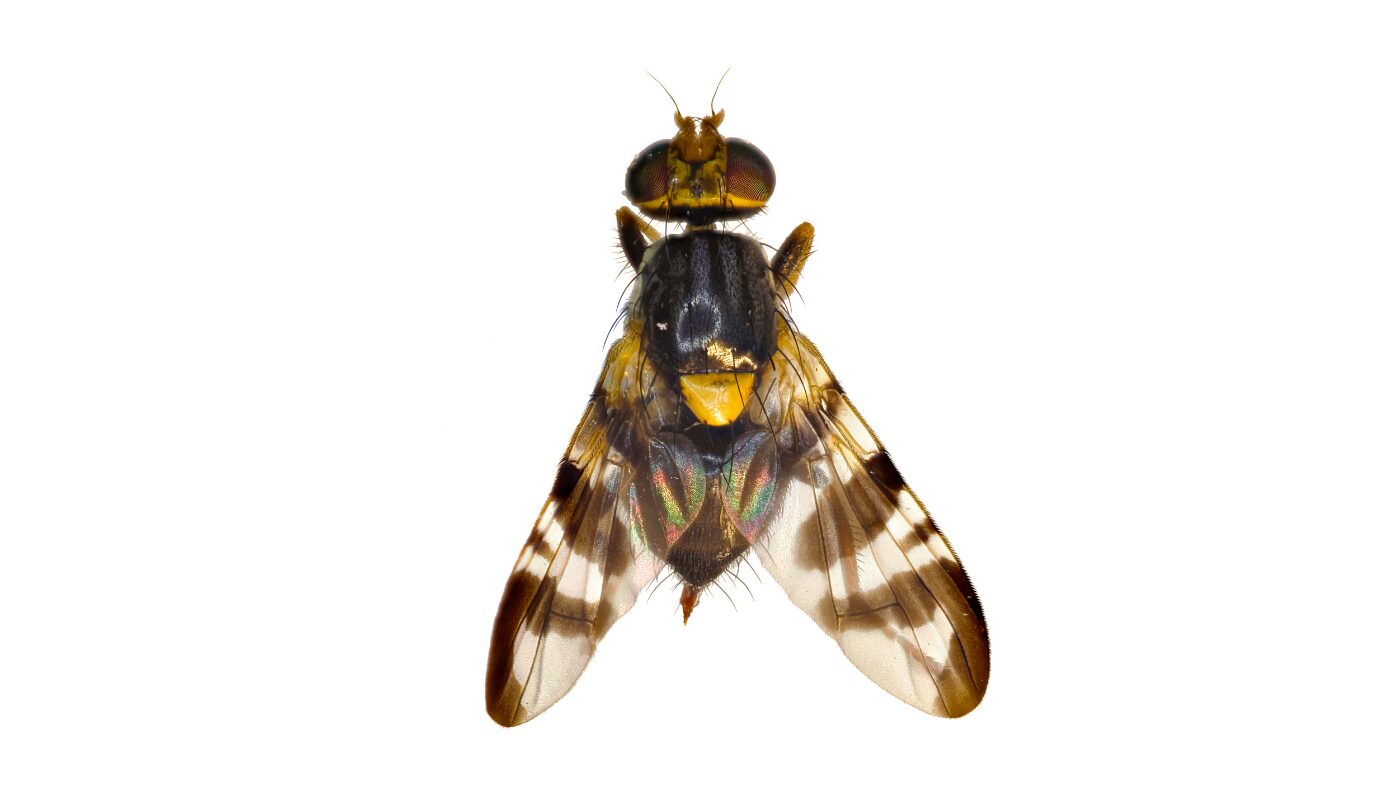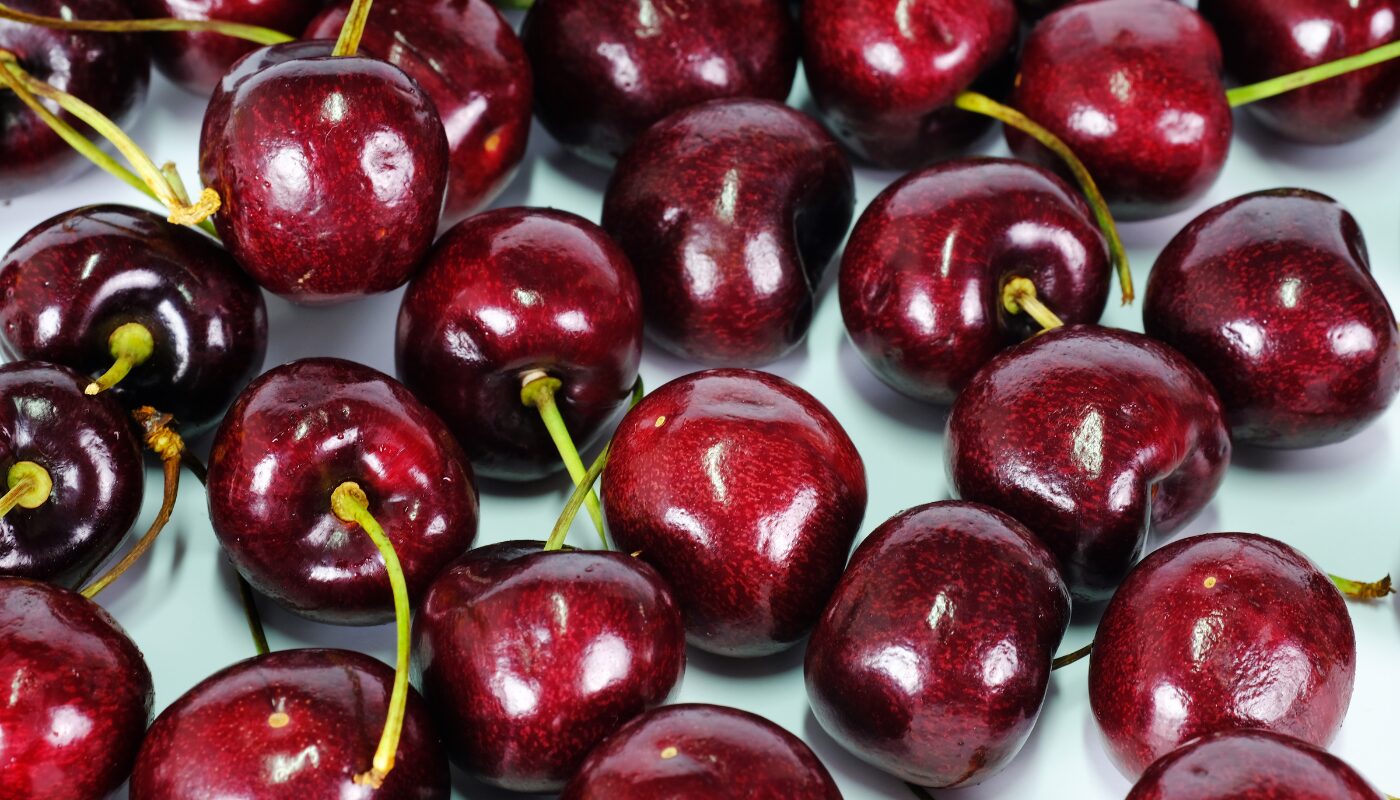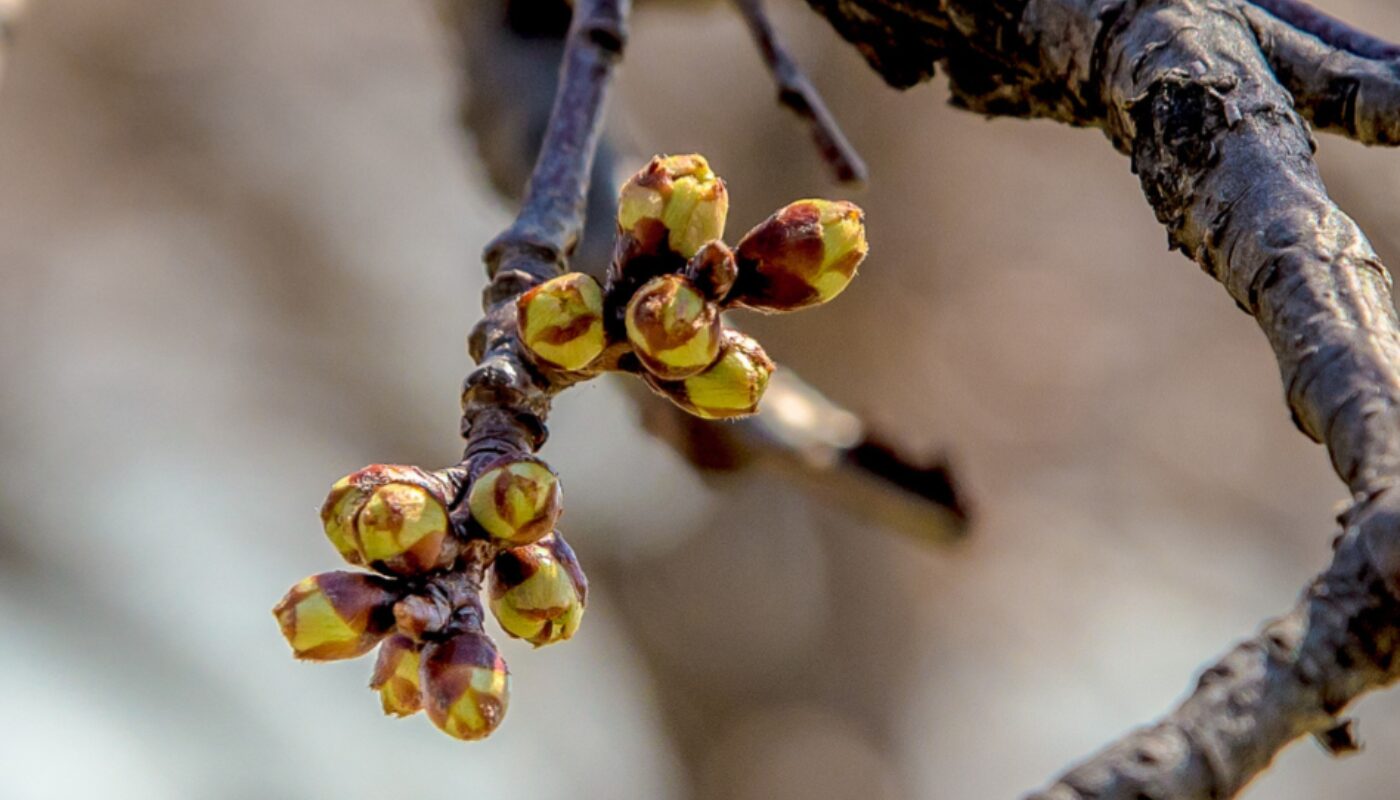Originating in North America, the western cherry fruit fly has established itself as a formidable adversary to cherry growers, particularly in the western United States. Initially reported as a threat to commercial cherry trees in the early 1900s, its presence has since become ubiquitous in cherry-growing regions such as the Pacific Northwest, with notable infestations in areas like the Yakima Valley and the Wenatchee region.
The Devastating Effects
The cherry fruit fly’s life cycle revolves around the cherry itself, with its larvae proving to be the most destructive stage. These tiny pests burrow into ripening cherries, rendering them unmarketable and potentially leading to substantial economic losses for growers. Even with control measures in place, the risk of infestation looms large, given the stringent standards set by major cherry markets against any signs of fruit fly presence.
A Closer Look at Behavior
Unlike some other pests, the cherry fruit fly displays a relatively limited range in its movements, preferring to stay within close proximity to its host trees. This behavior results in patchy infestations within regions but can escalate quickly within individual orchards, where trees are densely planted.
Targets of Opportunity
No cherry variety is immune to the cherry fruit fly’s onslaught, making both cultivated and wild cherries susceptible to infestation. This wide-ranging appetite further compounds the challenges faced by growers in managing these pests.
Unraveling the Life Cycle
Understanding the cherry fruit fly’s life cycle is key to effective management strategies. From egg to larva to pupa and finally to adult, each stage presents unique challenges for growers. Eggs laid beneath the cherry skin hatch into larvae, which feed on the fruit until mature. Once mature, larvae exit the cherries, burrow into the soil to pupate, and emerge as adults ready to continue the cycle.
Combating the Threat
Effective monitoring and control of cherry fruit fly populations are essential for orchard health. However, conventional monitoring methods face limitations, as these flies are not easily attracted to traps. Chemical control measures are often employed, with timing critical to target vulnerable stages in the fly’s life cycle.
Exploring Alternatives
While chemical sprays are commonly used, there is growing interest in exploring biological control methods, such as parasitic wasps, to manage cherry fruit fly populations. While still under study, these natural predators hold promise for reducing reliance on chemical interventions.
Strategies for Success
Successful management of the cherry fruit fly requires a multi-faceted approach, integrating monitoring, chemical control, and potentially biological control methods. Timely application of control measures, coupled with vigilant monitoring throughout the growing season, is paramount to mitigating the threat posed by these persistent pests.
In conclusion, the western cherry fruit fly represents a significant challenge to cherry growers, demanding a nuanced understanding of its biology and behavior. By adopting integrated pest management strategies and embracing innovative approaches, growers can better protect their orchards and preserve the integrity of their cherry crops.
Source: Washington State University










